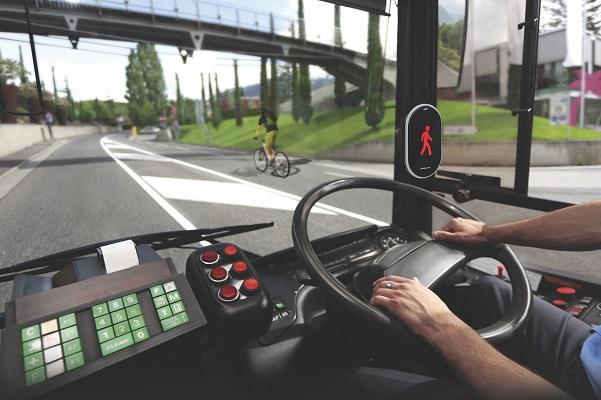The case for both dash cams and collision avoidance systems in improving the safety and security of your fleet is a compelling one, yet there are always drivers who are sceptical about having them installed in their cars or commercial vehicles.
A recent article in Fleet Owner magazine provided some interesting tips on winning over drivers to the benefits of these systems. They were talking specifically about dash cams, but many of the same principles can apply to collision avoidance systems too.
It points out that dash cams, for example, are some of the most effective devices for improving fleet safety. According to the National Surface Transportation Safety Center for Excellence (NSTSCE) in the US, dash cams can bring down safety-related events by 52% in conjunction with driver coaching. Despite this, at the outset there can be resistance among drivers to having a such a device in their cab.
The article speaks of the need to build “a culture of safety within your organization” and posits examples of industry best practice and insights from most successful adopters.
Be open and develop trust
Host a Q&A session with your drivers prior to installing anything, where you can be transparent in communicating the safety goals and the policies behind the proposed introduction. This is the way to win driver engagement.
Tell us how it works!
Without knowing how the technology works, drivers may assume the real reason for installing safety devices is not to improve safety, but to monitor them at the wheel. Tell them when and what gets uploaded (e.g. only when an incident is detected) and who can access it.
Be the guinea pig
Demonstrate your confidence in the system by installing it first in your own vehicle, before identifying a number of ‘champions’ within the fleet to adopt it on a trial basis. By sharing their experiences with the group, they can help make suspicious drivers feel at ease.
Showcase footage of the system working
By sharing actual footage of the system successfully exonerating drivers, you can quickly overcome drivers’ reservations. As Fleet Owner suggests, “if you have an example of a near miss or not-at-fault collision that was captured during a pilot, share the footage with all of your drivers.”
Establish the ground rules
Drivers need to be clear from the outset as to what behaviours constitute a warning or even termination. “Unbiased enforcement of corrective actions” is critical.
Incentivise good behaviour
To incentivise better driving behaviour among your drivers, consider a safety reward programme based on the scores generated by the reporting systems now in place.
Invariably, the value of these safety devices is quickly appreciated, not just by the management implementing them but equally by the users who benefit directly from the safety and security they offer. These are genuinely “win-win” systems.

